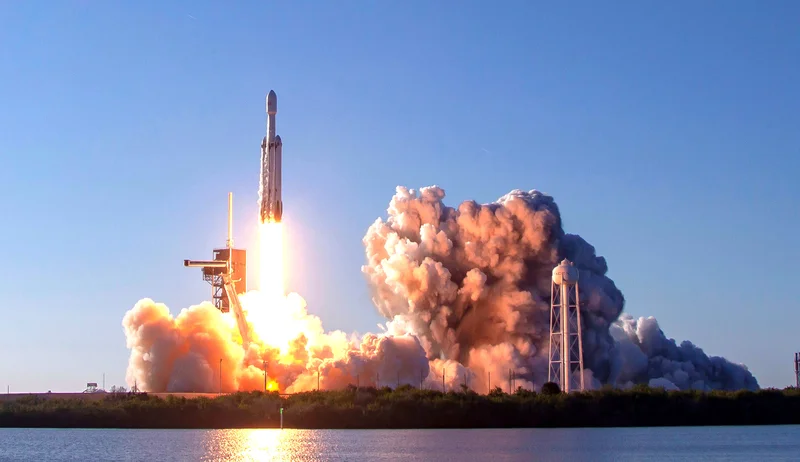Deep Insight into Capital Flows
Deep Insight into Capital Flows
SpaceX continues its relentless launch schedule, with multiple Falcon 9 rockets lofting Starlink satellites into orbit this November. Recent activity includes launches from both Vandenberg Space Force Base in California and Cape Canaveral Space Force Station in Florida. The numbers are impressive: one from Vandenberg deployed 28 Starlink satellites, using a brand new Falcon 9 booster (B1100), while another from Cape Canaveral carried 29 Starlink V2 satellites.
The sheer volume of launches is the real story here. Florida's Space Coast has now achieved its 100th orbital rocket launch of the year. That's more than the rest of the world combined, if you exclude Vandenberg. Col. Brian Chatman of Space Launch Delta 45 is quoted as saying, "We are breaking records across the board." That's certainly one way to put it. Launch predictions for Florida alone are between 100 and 120 for next year, and projections see upwards of 300 launches annually by 2035-2040.
A significant driver of this increased cadence is Starlink. This recent launch from Cape Canaveral was the 150th Falcon 9 flight in 2025 and the 109th Starlink delivery run this year. SpaceX now boasts 8 million Starlink customers, which explains the continued push to expand the constellation beyond 9,000 satellites. But at what point does the benefit of adding more satellites diminish, and the risk of orbital congestion outweigh the advantages?
The boosters themselves are also racking up flight time. The Cape Canaveral launch employed B1090, a relatively new first stage booster, making its ninth flight. The quick turnaround and reuse of these boosters are key to SpaceX's high launch tempo. But how many times can these boosters realistically be re-flown before maintenance costs negate the savings? What's the data on long-term wear and tear? (That's something I'd love to see more data on).
Chatman acknowledges that the Space Force, Space Florida, government agencies, and Kennedy Space Center are working closely on logistical challenges. But what are those challenges, exactly? The article doesn't specify. More launches mean more personnel, more fuel, more infrastructure, and more potential for delays or accidents. Are the support systems keeping pace with the launch tempo, or are we approaching a breaking point?

Florida Tech's Robert Taylor, an emeritus space history professor, notes that during the shuttle years, a goal of 100 flights a year was dreamed of, but never achieved due to the shuttle's turnaround time. Now, rockets are leading the way. Von Braun would be happy, he says. (I'm not sure Von Braun would be happy about everything going on, but that's a different matter).
The question is: are we confusing possible with sustainable? Just because we can launch 300 rockets a year doesn't necessarily mean we should, or that it's economically or environmentally sound to do so.
The launch numbers are impressive, there's no doubt. But let's be clear: volume doesn't automatically equal progress. The core question is if the current launch rate is sustainable, both economically and environmentally. I've looked at hundreds of reports, and I find the lack of detailed reporting on the true costs (environmental, logistical, and material) of this exponential launch growth genuinely puzzling.
The projections for 300 launches a year by 2035-2040 sound more like a marketing goal than a realistic assessment. Unless there are massive breakthroughs in launch technology and infrastructure, I suspect we'll see a correction—a plateau, or even a decline—in the coming years. The current trajectory looks a lot like a classic "hockey stick" projection (overly optimistic early growth), which rarely holds true in the long run.